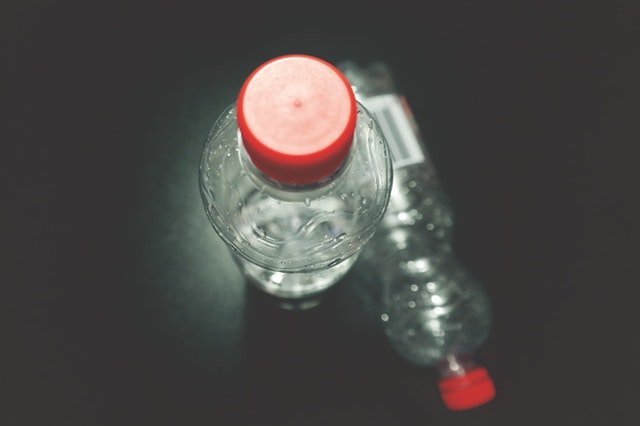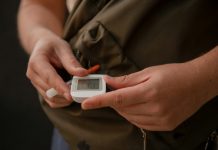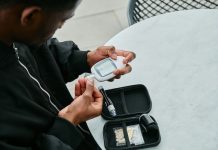
In a new study, researchers find that the FDA-approved “safe” daily exposure of BPA may be enough to change insulin release.
The finding has implications for the development of Type 2 diabetes and other metabolic diseases.
The study is led by scientists at the University of Missouri.
BPA is an endocrine-disrupting chemical that is used to manufacture thermal paper receipts, plastics and a wide range of consumer products.
Experiments with human and mouse pancreatic cells have revealed that low-dose exposure to BPA, in the presence of glucose, triggers an insulin response.
In the study, the team wanted to test the potential effects of BPA in humans to see whether it held true.
In two experiments, people were orally administered a safe dose of BPA, which led to the same amount of BPA in their blood that customers might encounter by handling a cash register receipt; or, the same people received a placebo exposure for comparison.
Insulin responses were then assessed through an oral glucose tolerance test in the first experiment or a hyperglycemic clamp in the second experiment.
The researchers found that BPA altered insulin release relative to the placebo exposure in the people. In animal studies repeated BPA exposure resulted in insulin resistance.
The researchers suggest this exploratory study needs to be replicated.
The finding suggests that BPA exposure at a dose considered safe by U.S. regulators could alter glucose-stimulated insulin responses in humans.
The study is an initial step toward investigating whether exposure to endocrine disrupting chemicals, such as BPA, contributes to insulin resistance and eventually Type 2 diabetes.
Frederick vom Saal is a co-author on the study.
The study is published in the Journal of the Endocrine Society.
Copyright © 2018 Knowridge Science Report. All rights reserved.
Source: Journal of the Endocrine Society.



